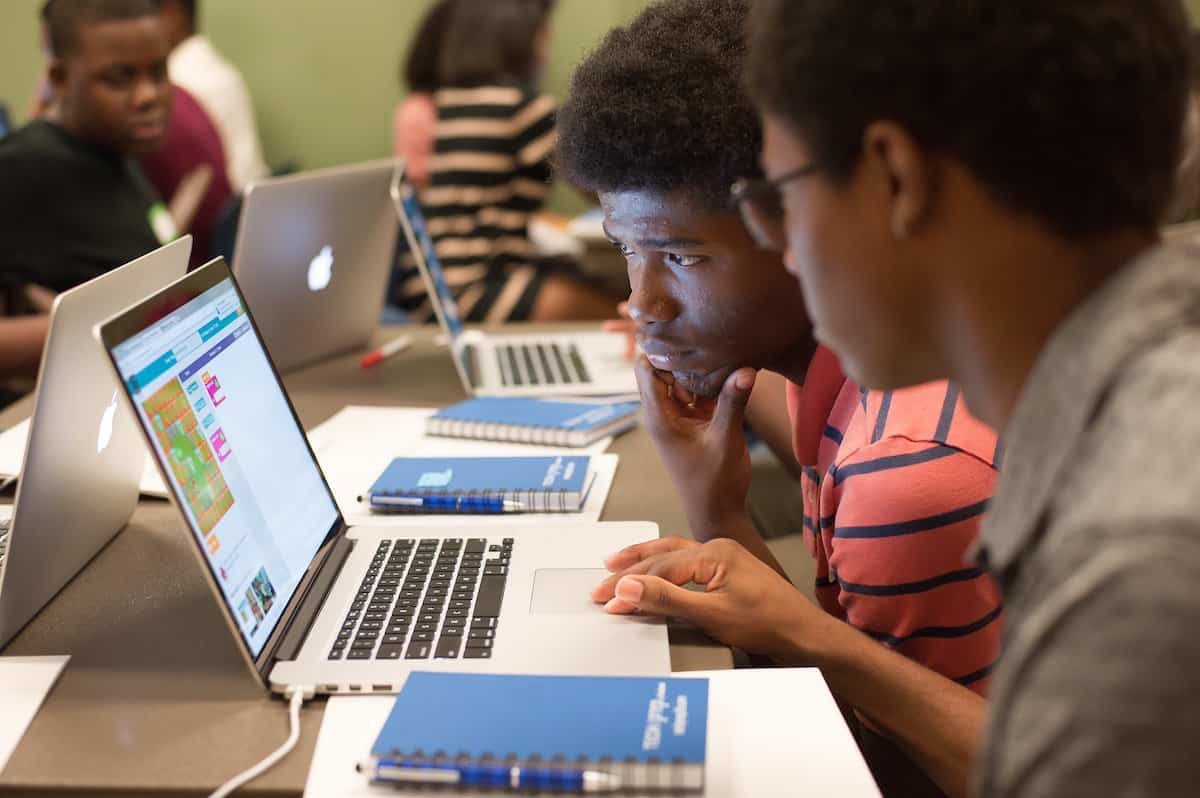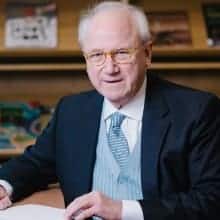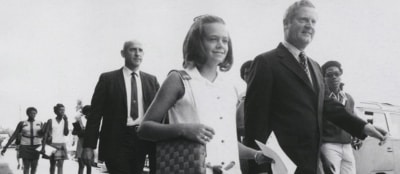
Drawing on fresh Census data, the Pew Research Center has calculated that the United States now has more Millennials than Baby Boomers – 75.4 million people ages 19 to 35, slightly more than the 74.9 million people in the 50-70 age bracket.
Drawing on the State Board of Elections database, J. Michael Bitzer, provost and professor of politics and history at Catawba College, has calculated that Millennials constituted 59 percent of the more than 350,000 North Carolinians who registered as voters between Jan. 1 and July 30. Baby Boomers represent 34 percent of the North Carolina electorate, with Millennials at 29 percent.
In an election year, pollsters, campaign staffs, and political analysts naturally want to figure out such an emerging force in the state and national electorates. But it’s also important for education policymakers and administrators to get a deeper understanding of the attitudes, anxieties, and aspirations of the Millennials generation, out of which comes most new teachers and many parents of preK and elementary school students.
As the Pew Center points out, the definition of “generations’’ is a construct for purpose of analysis. The Pew Center offers the generally accepted definitions: the Silent Generation of people born between 1928 and 1945; the Baby Boom between 1946 and 1964; Generation X between 1965 and 1980; and Millennials from 1980 to 1998. Some also cite the “Greatest Generation’’ as people born before 1928 who endured the Depression and as adults fought World War II.
Of course, generations are not monolithic or single-minded, but they do share common growing-up experiences. The civil rights movement, the Vietnam War, and the rise of a counter-culture gave shape to the Baby Boom generation, which represented such a bulge in the population that its votes, as well as its tensions and divisions, have influenced American politics and society since the 1970s.
The Millennial generation comes to maturity out of a different set of experiences – an economy that has bifurcated between rich and poor, with a weakening in the middle class, an acceleration in the development of digital technology that has dramatically reshaped the news and entertainment media, and a politics that has increasingly lurched into negativism and polarization. In the presidential primaries, the Bernie Sanders campaign captivated Millennials who preferred the “political revolution’’ candidate to the establishment-oriented Hillary Clinton or the intolerant Donald Trump.
To look at their political predispositions and beyond is to see a generation of cross-currents. A Wells Fargo survey finds that one-third of Millennials have student-loan debt and are not yet employed in their preferred career. Pew reports that for the first time in more than a century, more young adults in 2014 lived with their parents than in their own household. Only 26 percent of Millennials are married, contrasted to 48 percent of Baby Boomers over the same span of their lives.
While Pew also reports that “fully a third of older Millennials (ages 26 to 33) have a four-year degree or more – making them the best-educated cohort of young adults in American history” – Education Week cites an Education Testing Service study that shows American Millennials lagging behind their peers in other countries in “literacy, numeracy and computer-age problem-solving skills.”
In an outpouring of survey research since 2010, the Pew center provides perhaps the most in-depth insights into the Millennial generation. Fueled in part by immigration, it is the nation’s most ethnically and racially diverse generation – 43 percent of Millennials are non-white.
Pew finds that Millennials have higher levels of student-loan debt, poverty, and unemployment and lower personal income than Generation Xers and Baby Boomers in the same life cycle. And yet, half of Millennials say they remain optimistic about the nation’s future. A Pew study also reports:
“Millennials have fewer attachments to traditional political and religious institutions, but they connect to personalized networks of friends, colleagues and affinity groups through social and digital media. Half of Millennials now describe themselves as political independents and 29 percent are not affiliated with any religion – numbers that are at or near the highest levels of political and religious disaffiliation recorded for any generation in the last quarter-century.”
In North Carolina, according to the data Bitzer compiled, 43 percent of new Millennial voters registered unaffiliated, more than the 33 percent as Democrats, 23 percent as Republicans. Millennial independents tend to vote more for Democratic candidates, who in turn worry about turnout among younger voters.
Beyond the 2016 election, what emerges from the research on Millennials is a generation of Americans who are not looking for a return to Baby Boomer-era governance. They absorb information and analysis, not through legacy newspapers, but through social and digital networks. Civil, religious, educational, and public institutions face challenges in reaching out to and communicating with Millennials.
This summary of research isn’t intended as a woeful complaint of an aging Baby Boomer. Rather, the generational shift in motion is a rather exciting, history-laden moment about the inevitable transitions in keeping American democracy alive and thriving.


